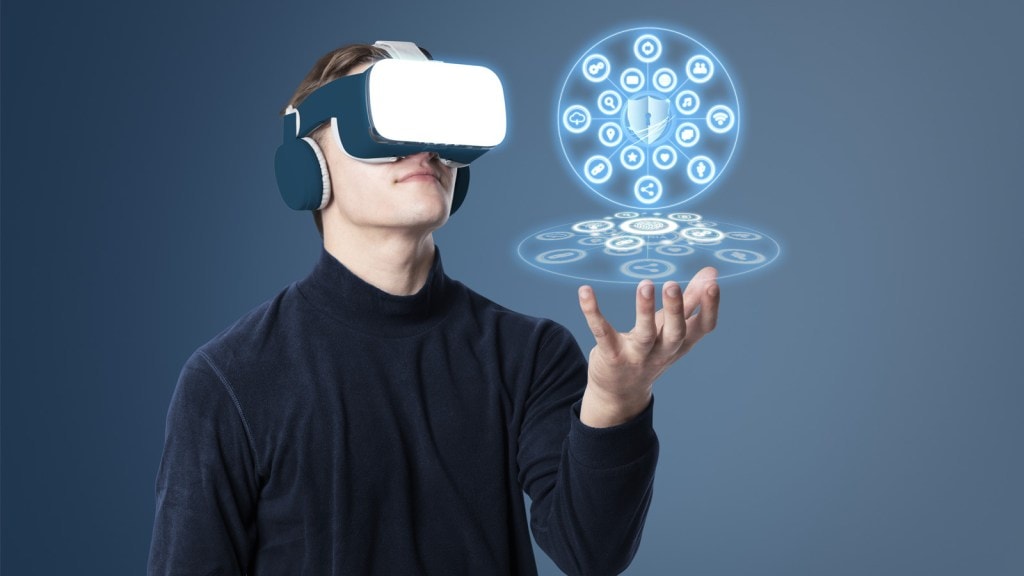The edtech sphere has been experiencing a transformation in recent years based on the incorporation of the latest technologies, such as artificial intelligence (AI), virtual reality (VR) and augmented reality (AR). These technologies have been reforming how learning occurs and offer new approaches to methods that educators have traditionally used, opening new opportunities for a more interactive, efficient and accessible education across the globe. Let us take a closer look at how these emerging technologies are moulding the edtech landscape.
AI: The Catalyst to Personalized Learning
AI is becoming the central pillar in modern education. Among its most significant impacts is that enables learning to be personalized. AI algorithms allow educational platforms to analyze a student’s learning style, strengths and weaknesses, which allows the platform to form content which matches the student’s level of learning. For example, language-learning platforms like Duolingo use AI to personalize lessons according to the learner’s progress, ensuring they remain at the optimal level of challenge. Combined with modern technologies like gamification, this tailored approach enhances student engagement, leading to a more interactive and productive learning experience.*
In addition to enabling personalized learning, AI helps reduce the administrative workload for teachers. It can automate tasks like tracking attendance, grading assignments and providing basic feedback, which allows making up more time for meaningful interactions between teachers and students.
AR and VR: Creating Immersive and Engaging Learning Environments
AR and VR give students new ways to interact with educational content. These immersive technologies provide realistic environments where learners can more interactively and memorably engage with materials.
Learners can see complex concepts with real applications For instance, AR can bring 3D models of the human body, historical monuments or chemical structures into the classroom so that the students can explore and interact with those objects in ways not possible through traditional textbooks.
On the other hand, VR takes immersion a notch higher by ferrying learners to completely virtual worlds. Imagine walking through ancient Rome as a history student or conducting dissections in a virtual lab as a biology student. Engagement is at a different level and allows students to experience what they are learning in real life.
Research from PwC** showed that workers who received VR training could learn four times faster than they could in the classroom. 40% of these learners saw an improvement in confidence compared to classroom learners and a 35% improvement over e-learners to act on what they learned after training in VR. As these technologies become even more accessible and inexpensive, they have the potential to transform learning in all fields, including science and the arts.
A Holistic Approach to Learning
Educational platforms like D2L Brightspace are playing a pivotal role in integrating AI, AR, and VR into the learning experience. For instance, AI can analyze a student’s performance while doing AR or VR-based activities, making real-time adjustments to the experience based on their performance. If a student is not able to understand a particular concept during a VR simulation, AI can trigger additional support, such as guiding the student through the problem step by step or suggesting alternate ways to engage with the material.
In addition, these technologies break down traditional barriers to education when incorporated into educational platforms. With the virtual field trip, students can travel to a distant place, experience historical events or even develop real skills in controlled virtual environments without leaving the class. Education becomes more global, accessible and flexible for learners since it is not geographically confined.
Navigating Educational Challenges
The adoption of AI, AR and VR in education has both positive and negative aspects. These technologies can be expensive to implement for institutions with fewer resources, and educators may need training to make proper use of these tools in their teaching. However, the challenges could be diminished as technology becomes cheaper and develops further. D2L Brightspace is helping educators create personalized, engaging, and immersive learning environments that enhance the educational journey for both students and teachers.
Data privacy and the ethics of AI use in education also remain a concern. To combat these institutions should ensure that AI systems are transparent and student data is handled responsibly. Moreover, the content developed for AR and VR experiences needs to be of good quality, relevant and culturally sensitive so as not to impact students from other backgrounds negatively.
The Future of Learning
Platforms like D2L Brightspace are currently facilitating the seamless integration of advanced technologies into the educational experience, enriching the journey for both students and educators as they explore the potential of future learning. The prospect for education looks bright, with a growing demand for flexibility, engagement and personalized learning. The future holds great promise from innovations such as AI, AR and VR, offering remarkable opportunities for both learners and teachers.
*Source: Artificial Intelligence (AI) In Education: Using AI Tools for Teaching and Learning Process | December 2021
**Source: PwC’s study into the effectiveness of VR for soft skills training
Disclaimer:
This article contains sponsored content that may not reflect the independent opinion or views of FinancialExpress.com. Further, FinancialExpress.com cannot be held responsible for the accuracy of any information presented here. Please consult a certified financial advisor before making any decisions based on this article.


